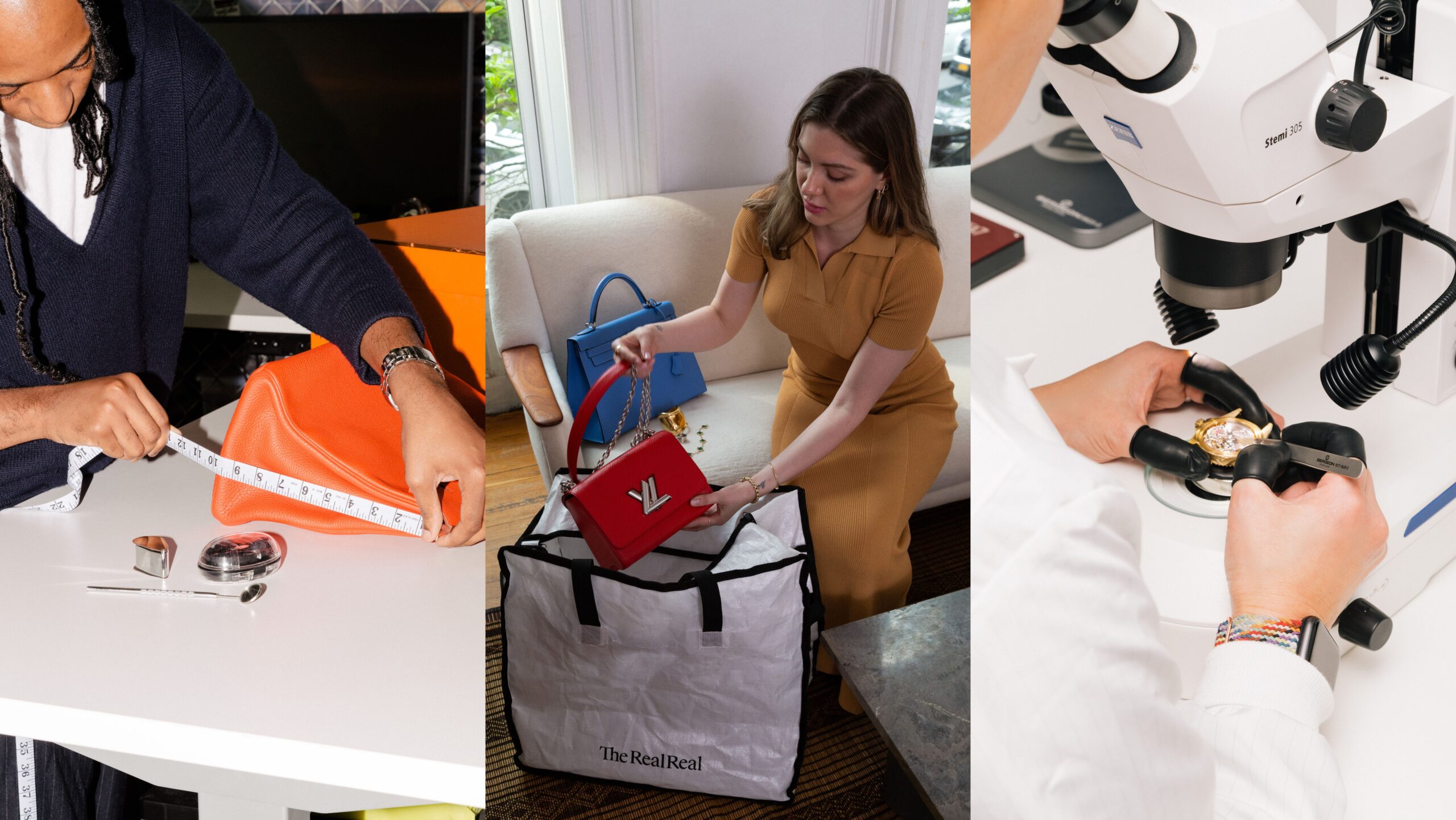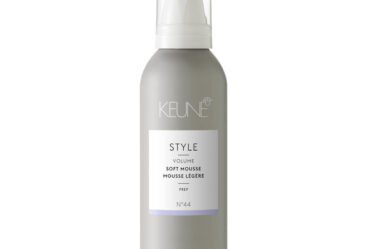
For most of its first decade, The RealReal’s mission was to find as many new resale buyers and sellers as possible, whatever the cost. Its new objective: make the most of the customers it has.
In an interview with BoF, John Koryl, who took over as chief executive in February, laid out a strategy built around convincing the site’s users to send in more Birkins, Cartier watches and other big-ticket items. Once they do, The RealReal will offer services like a dedicated “concierge” to walk them through the selling process, a feature it will begin to roll out Tuesday, and other offerings aimed at convincing sellers to search their closets for more high-end goods to sell.
Customers turning to The RealReal to offload their Reformation dresses or anything else valued at under $1,000 will have access to many of the same perks. They just won’t receive as much for their pieces as they used to under a new commission structure that went live in November to howls of protests from longtime sellers.
Koryl, who joined after the commission revamp and previously held senior roles at Canadian Tire Company and Neiman Marcus, said the commission structure will continue to evolve. That and other changes to come are part of a bigger project — making The RealReal profitable for the first time in its 12-year history.
“This isn’t a reinvention,” he told BoF. “All of this is a tweaking of what’s been done.”
But in another sense, the strategy under Koryl marks a pivot from how The RealReal has operated since its founding by Julie Wainwright in 2011. From the start, the goal was to create and then dominate a market for secondhand luxury fashion, which Wainwright in interviews defined as occupying the space between eBay and Sotheby’s. The RealReal would be the best reseller with the best service — it was among the first to offer at-home pickup for online consignment — and the deepest assortment of vintage Dior and last season’s Gucci, at the best prices.
It succeeded, mostly. In the US, The RealReal is the favoured resale destination for fashion aficionados looking for a treasure hunt or to clean out their closets. Revenue topped $600 million last year.
But offering a white-glove resale experience proved expensive: the company posted a $196 million loss last year. The bill for those years of rapid growth has come due in other ways; customers have complained about lost goods, delays and poor customer service. Resale platforms of all types have never been able to shake concerns about counterfeits, no matter how much money and technology they pour into the authentication process. The RealReal’s stock, which priced at $20 in its 2019 initial public offering, trades at $1.15 today, close to a level where it could face delisting. Wainwright stepped down as CEO last June.
Koryl and chief operating officer Rati Sahi Levesque are now tasked with finding a way for The RealReal to turn a profit while maintaining growth, all with a ticking clock: Several competitors facing a similar dilemma have been acquired at valuations that were down sharply from their peak.
Koryl said the concierges, dubbed RealService, will help with retention, while the focus on more-expensive listings will help with margins. So will investing in automation to set prices and authenticate products. He’s also looking at new revenue streams, including product warranties and monetising product data, such as analysis on why some items retain more value in the secondary market. The impact on revenue and profit will be visible in the second half of 2023, he added. The RealReal hopes to reach profitability by the first quarter of 2024.
Investors are waiting to see if the new measures pay off. The stock hasn’t budged from its lows. The company predicts first-quarter revenue to be in the range of $135 million to $145 million — down from $147 million a year earlier. Analysts on average are predicting just 4 percent revenue growth this year, compared with a 29 percent increase last year, but see losses narrowing.
“The amount of hyper-growth that The RealReal went through, there were some mistakes along the way,” Koryl said. “Yes, we have to find new ways of monetisation … yes we have to put more automation around authentication, but the core business model of what we’re doing has held up in crazy times since its founding.”
Fine-Tuning Consignment
The RealReal has long touted its consignment experience, offering services for customers hoping to offload pre-owned pieces. But it hasn’t always run smoothly. In recent months, users have griped about lost items, processing delays, mislabeled listings and prices that didn’t make sense. An August New York Magazine headline summed up the platform’s strengths and weaknesses: “The Real Real Is a Total Mess. And I Can’t Quit It.”
RealService is The RealReal’s answer to those complaints. The concierge programme will advise sellers through the entire process, from authentication to pricing, whether they list one item or 100. The company had tested out the service among a number of consignors late last year, and found it improved customer satisfaction.
“The level of service needed for our sellers was much higher than we anticipated,” Levesque said. “Because we were growing so quickly, I don’t want to say we lost sight of our seller experience but we had to be very reactive.”
The RealReal also unveiled Tuesday its new data centre, which will educate consignors on what brands and specific pieces retain resale value and what’s hot on the platform. In addition, the company introduced a handbag pricing tool that gives sellers an estimate of what their item will fetch.
Low-Cost Growth
The new commission model will reduce inventory, ideally by reducing the number of unprofitable items sellers send in, such as keychains and other trinkets from luxury labels, or items made by less desirable brands. The Nothing is set in stone, Koryl said.
“We made commission changes and did we get those exactly right? No. I call it a Goldilocks situation,” said Koryl. “Was it too hot in the past and too cold what we did? We’re going to have to find just right, and it won’t be just right for everyone.”
The RealReal has also greatly reduced the number of what it calls “direct buys,” where it purchases brands’ inventory at wholesale prices. Beauty, which relied solely on direct buys, is being wound down.
Other recent cost-cutting measures include the shuttering of four retail stores and a headcount reduction of 230, or about 7 percent of its workforce, the company announced last month.
“We’re calling this the ‘reset’ year, where we’re still growing,” said Levesque. “But we’re getting rid of unprofitable growth.”
New Revenue Streams
Another critical component to The RealReal’s path to profitability will be introducing new revenue streams, an idea that the company revealed in a letter to shareholders last fall.
Possibilities include return insurance — the platform currently doesn’t allow returns on items that have been marked down — product warranties, on-site advertisements and data monetisation.
“The other thing we haven’t done is monetising the deep rich data we’ve collected,” said Koryl. “Is it advertising on our own site? Putting that data together and packaging that up for people in the luxury market? That incremental revenue could flow directly to the bottom line and will help put us on a profitability curve.”
“Getting [to profitability] will take a lot of tweaks to pricing and new revenue opportunities,” Koryl said. “But we have a lot of levers to pull to get there.”



